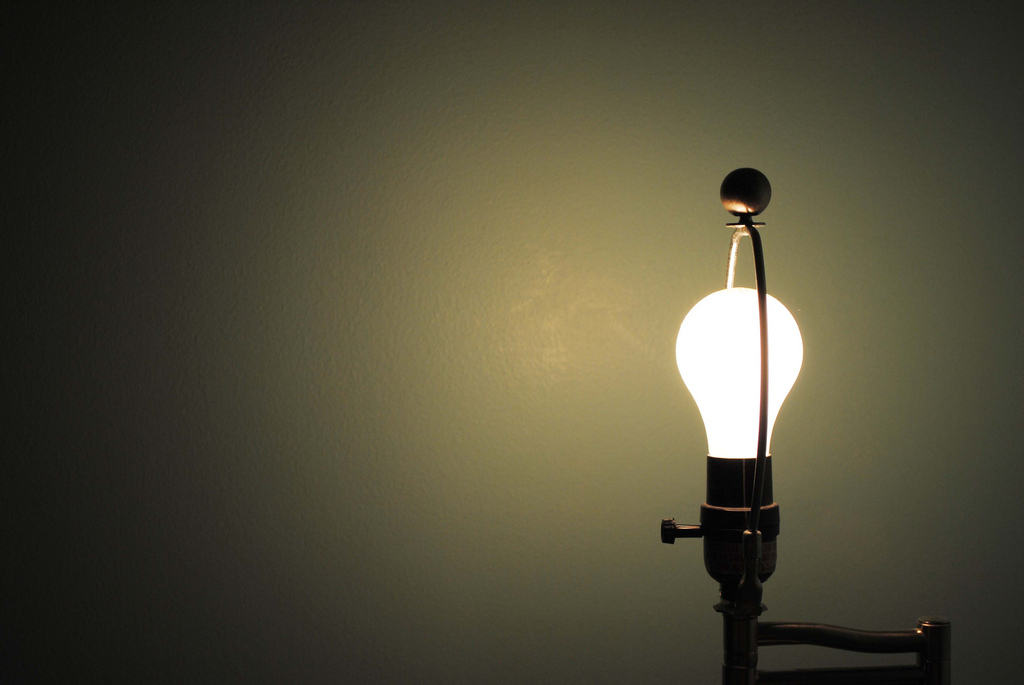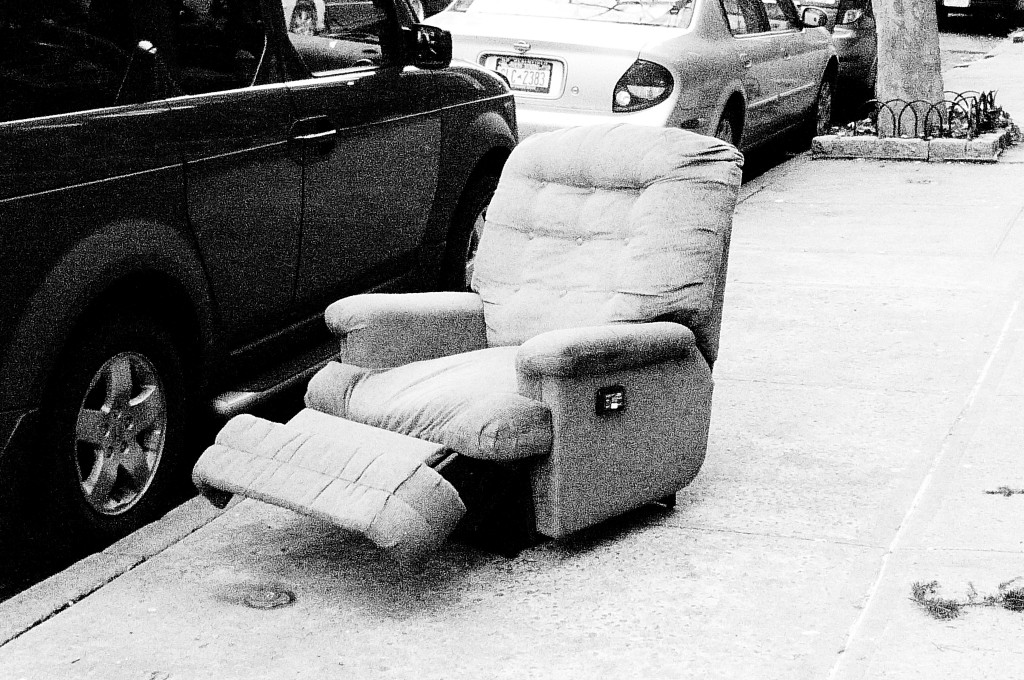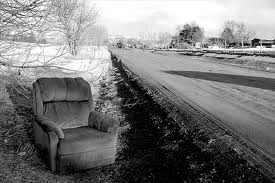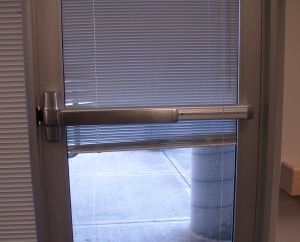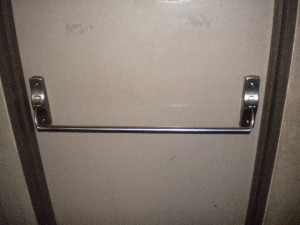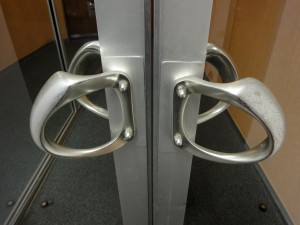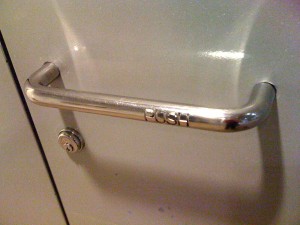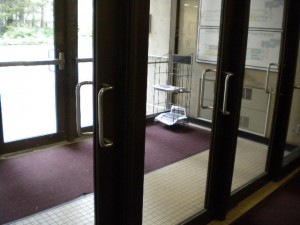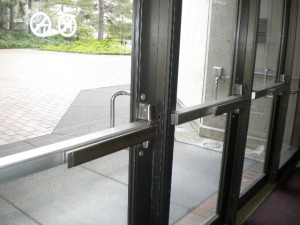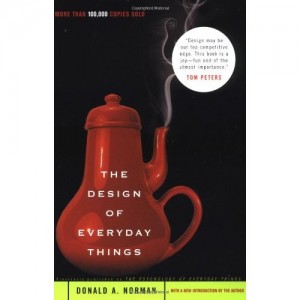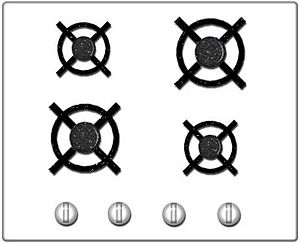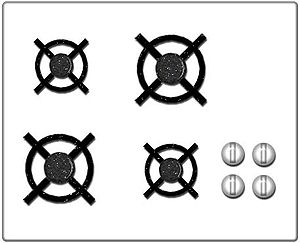There is only one use for a lamp. It lights the room up. Everything I have designed thus far needs to follow certain rules. The couch has to be large and comfortable. The reclining chair has to be able to recline. The coffee table has to have a flat surface to place things on. These objects have a certain look to them. If you really wanted to change how they are you would need to completely revolutionize it’s design. The lamp however, doesn’t have this. A lamp can look like anything, it can be anything, as long as it produces light you can call it a lamp. Lamps can be made out of anything. It is something that usually leans towards a more aesthetic approach when you are designing it.
People have been using sources of light ever since we discovered fire. Since humans cannot see very well at night we have been using light as a way to protect ourselves and go places that we never would have dreamed of. Being able to manipulate light has changed how humans live. We can stay up well past nightfall and as a result we have more time to learn and discover. The sun is no longer a source of life but a huge lamp.
So for this design I am actually going to focus on aesthetics. I said I would do this on the coffee table but I soon realized that it would make more sense for the coffee table, reclining chair, and couch to all match. I want this lamp to match as well but I want to make it stand out. The whole purpose of this project was to create an ergonomic furniture set. Not all of the furniture pieces are completely ergonomic when they are by themselves but when they are put together they make an ergonomic living room that utilizes the function of the living room as well as the space.


